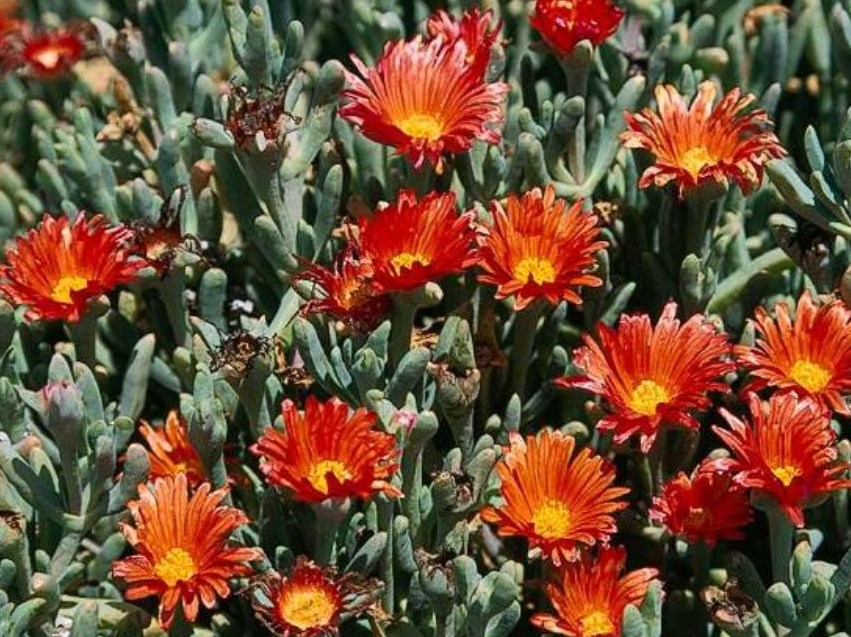Created on: Thursday, Jun 30th, 2016
Malephora crocea was reviewed for the Cal-IPC Inventory in 2006 and came out as Evaluated But Not Listed. While it is a problem on the Channel Islands, its statewide impacts were not extensive enough to qualify for the Inventory.
USDA: https://npgsweb.ars-grin.gov/gringlobal/taxonomydetail.aspx?id=406861
GBIF: http://www.gbif.org/species/3084858
John Bleck 2016. Malephora crocea, in Jepson Flora Project (eds.) Jepson eFlora, http://ucjeps.berkeley.edu/cgi-bin/get_IJM.pl?tid=32548, accessed on June 30, 2016
South Africa: http://pza.sanbi.org/malephora
Channel Islands: https://www.nps.gov/chis/learn/nature/restoring-anacapa-island-native-pl...
Reviewed by Ramona Robison.
- < 13 : accept (low risk of invasiveness)
- 13 - 15 : evaluate further
- > 15 : reject (high risk of invasiveness)

